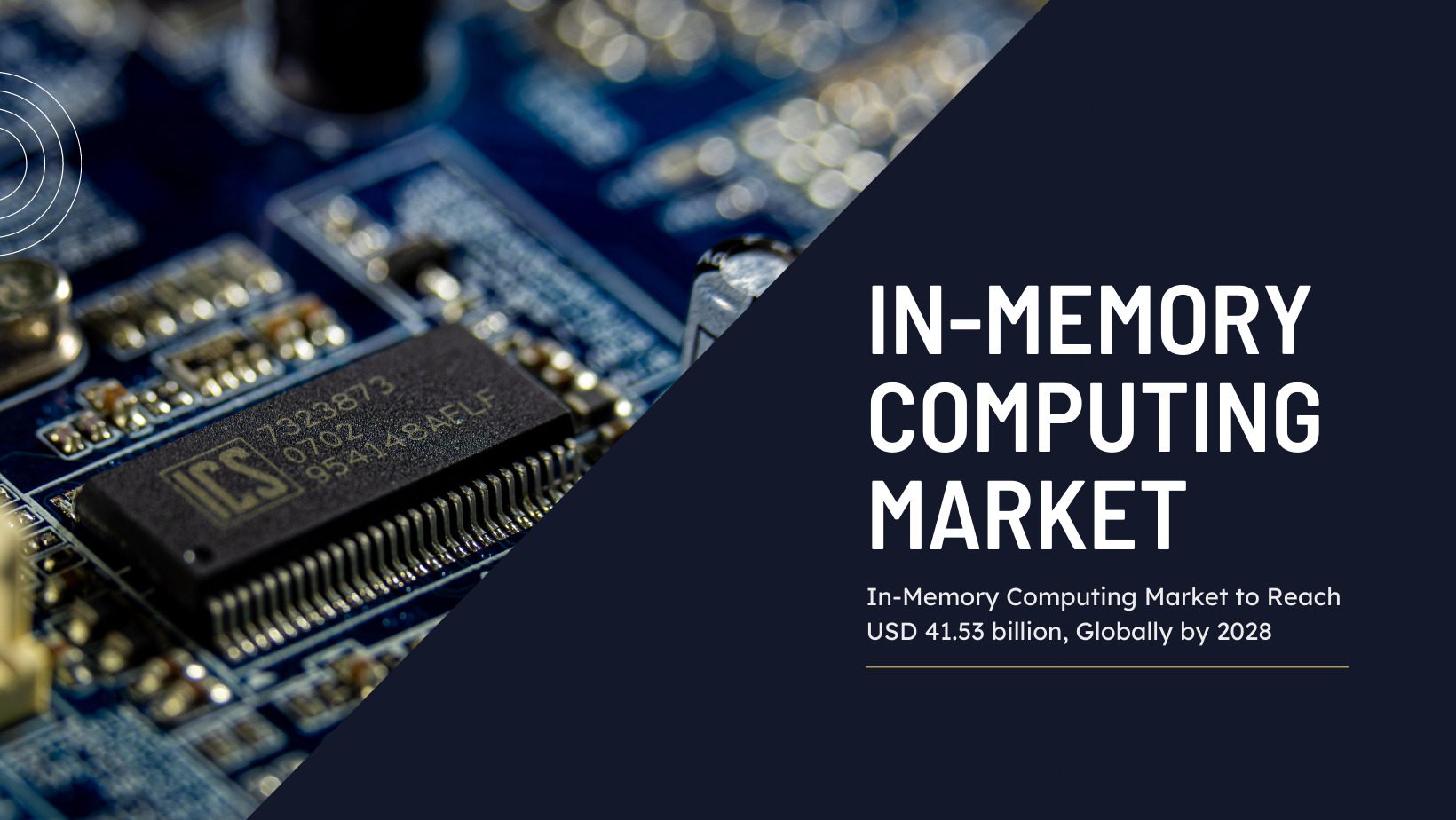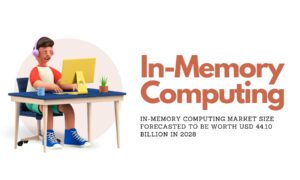The Global In-Memory Computing Market report is prepared per the goals and objectives of the client. The Fior Markets offers flexibility to accommodate specific requests from clients about the content of the In-Memory Computing market report. The report enables the clients to identify potential market opportunities that they can exploit to maximize revenues in the future. The research report also provides valuable business insights incorporated into the client’s business strategies to tap into future growth prospects. The researchers also identify the future threats that could potentially challenge the growth of the In-Memory Computing market. They are also accompanied by several business insights that are useful in curating a business strategy aimed at mitigating the losses to the company from such threats.
The market research report also narrows down the current pain points of the In-Memory Computing market, limiting its growth. The immediate driving factors that would propel the short-term growth of the In-Memory Computing market are presented in detail and backed by empirical evidence. The current and future driving and restraining factors are described as the market dynamics of the In-Memory Computing market.
The report then presents the segmentation of the In-Memory Computing market. The In-Memory Computing market is divided into broad categories based on a common characteristic. The segmentation is further followed by dividing one broad group into small sub-groups studied in detail. The segmentation enables the clients to optimize their capital, labor, and time. For instance, by performing product profiling, wherein the product types of the In-Memory Computing market are segmented, the company will be able to identify the product with the highest demand in the market or the one which is gaining more popularity day by day. After identifying the most beneficial products, the clients can focus on marketing campaigns for the product to grow in popularity.

Get Exclusive Sample Pages of the In-Memory Computing Market
Similarly, the application-based segmentation of the In-Memory Computing market includes Sentiment Analysis, Risk Management & Fraud Detection, Sales & Marketing Optimization, Geospatial/GIS Processing, and Predictive Analysis.
The research report also thoroughly analyzes the In-Memory Computing market’s competitors. Various research methodologies are used to study the essential stakeholders of the In-Memory Computing market. The competitive rivalry, buyer and supplier power, threat of new entrants, and substitution are all examined by performing Porter’s five forces analysis. The threat of entrants enables the clients to understand their long-term relative position in the In-Memory Computing market. For example, if companies can enter the market easily, then the long-term relative position of the established company is threatened, and its profit-making opportunities are weakened. Whereas, if new companies cannot enter the market easily, the established companies have better control over the market, their long-term profitability is not threatened, and the increased security enables them to have more control over the prices in the In-Memory Computing market.
The following market players have been profiled in the report Gridgrain Systems, IBM, Oracle, SAP SE, Microsoft, ScaleOut Software, TIBCO, Software AG, Gigaspaces, Red Hat, Altibase, Fujitsu, and Hazelcast.
Query or Customization Before Buying
Geographic segmentation is a location-based categorization. Identifying regions which drive the demand for products in the In-Memory Computing market enables the researchers to study the customer base of that region. The factors that trigger regional purchases can be identified by profiling the region’s customers. The conclusions help the companies understand what products or marketing campaigns appeal to customers and are tailored for other regional audiences. Geographical segmentation saves money, improves customer engagement, and optimizes company resources.






























